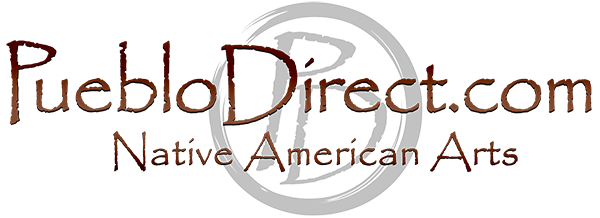Barbara & Joseph Cerno are full blooded Native Americans. Barbara was born in 1951 and is half Acoma and half Hopi. Joseph was born in 1947 into the Acoma Pueblo. Joseph was exposed to art at a very young age by his Mother and Grandmother They both were recognized coast to coast as prolific and established artisans. Joseph was exposed to their excellent craftsmanship and traditional ancient designs. His participation in the process of pottery making was not encouraged. However, he was intrigued by the designs and shapes of ancient pottery made by his ancestors. Joseph & Barbara are, essentially self taught artists. They are among some of the finest potter’s of our era.
Barbara & Joseph specialize in handmade traditional Acoma pottery. The clay is gathered within the Acoma Pueblo grounds. All the materials used to make their pottery is from Mother Earth. They clean, mix, coil, shape, sand, paint, and fire the pottery outdoors, just like their ancestors before them. They both participate and contribute equally while making their pottery. They are especially known for their brilliant and large olla pots, with painted patterns of traditional brilliant parrots. They have studied the ancient pottery shards found within the many ruins in their Pueblo, so that they keep within the traditional styles of their ancestors. They have dedicated many hours of trial and error in perfecting the skill and artistry necessary to make quality pottery. Joseph and Barbara are widely recognized as the creators of pottery products that truly reflect the traditional styling of their Indian Ancestors. They have proudly demonstrated their skills in many events and they have conducted several seminars under the auspices of the Crow Canyon Archaeological Center of Cortez, CO. This has allowed them to extend their field of research into the the Museum of Western New Mexico University, which is recognized as one of the outstanding repositories of the Mimbres Cultures. They have won many awards in which are too numerous to list. The quality of these potter’s will endure for eternity.
They have also introduced their children to the art of making pottery, the traditional way. They are very proud of their children who have won numerous awards and are establishing themselves as quality artists. They sign their pottery as: Acoma, NM, Barbara & Joseph Cerno, followed by the year the pot was made.
